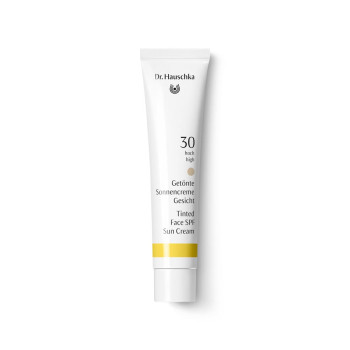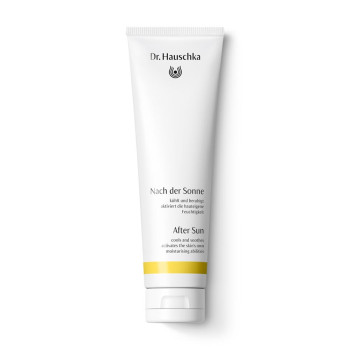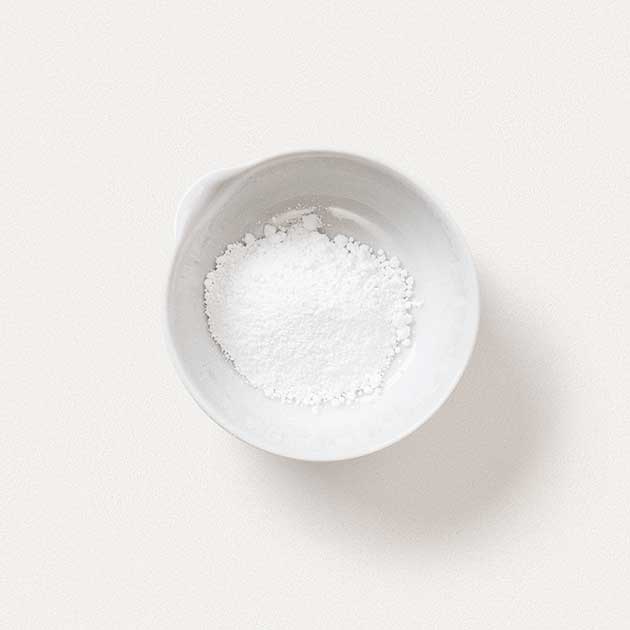Which sun protection factor is right for me?
Here comes the sun...
Flowers do it, and we do too: we all turn automatically to the sun to soak up its warmth and light. But how much sun is too much? When is the sun protection factor important? And which sun protection factor is right for whom?
Sun protection factor? What does it even mean?
Your sun care will have a number on it. That's the sun protection factor, or SPF for short. This sun protection factor indicates how long you can stay in the sun without getting burnt. For example, if your unprotected skin starts to go red after 10 minutes, then with SPF 20, you will reach this critical point after 200 minutes, a good three hours later. But you shouldn't push the SPF limit. Instead, make sure you get out of the sun well in advance. The German Federal Office for Radiation Protection recommends seeking shade after 60% of the estimated protection time is up, as even the best sun protection cannot completely block UV rays.
Our tip: find the right balance between protection and vitamin D
On the one hand, completely blocking sunlight protects your skin from UV rays. On the other, the sun helps you produce vitamin D and puts you in a good mood. So what should you do? A good compromise is to enjoy the sun in small doses and avoid it when it's particularly strong around midday.
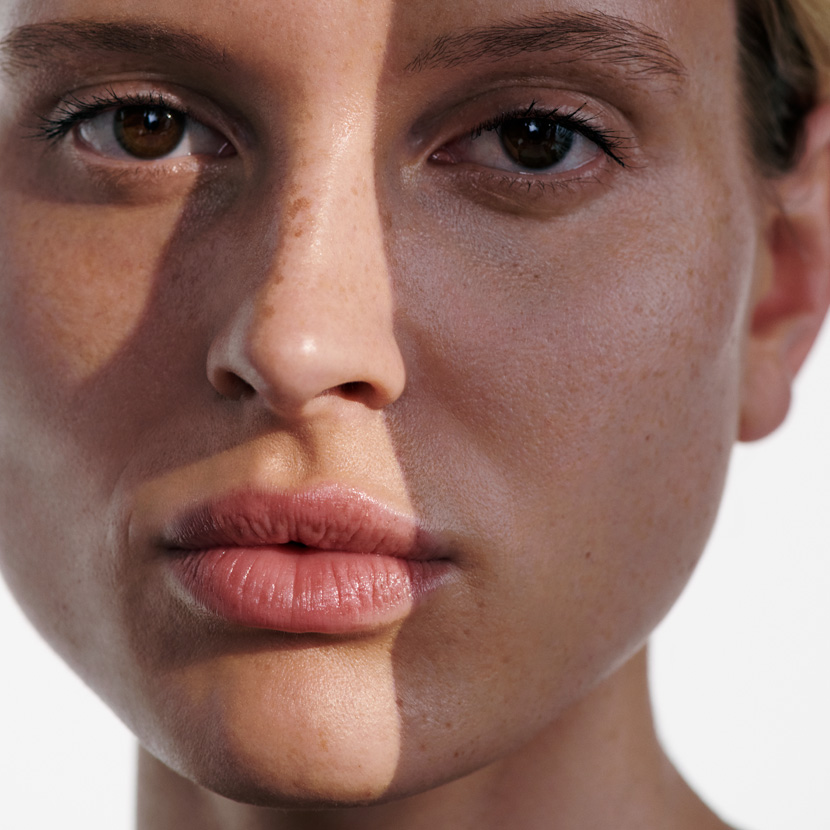
What should you watch out for besides the sun protection factor?
The SPF of your sun care isn’t the only thing that counts. It’s also a question of how timely and thoroughly you apply your sun cream and whether you top it up after swimming or sweating. And if you’re surrounded by snow or bright sand, in water or at a high altitude, you’ll be exposed to extreme sunlight and must make sure you're particularly well protected. That's why, in addition to sun care with a high sun protection factor, you should wear a hat and clothing that cover you well. People often forget that plenty of UV rays reach the Earth even in cloudy weather.
Our tip: these people need the best protection
No ifs or buts: children and people with pale skin must be particularly careful and thoroughly protect themselves from UV rays. The right SPF is particularly important for them.
Which sun protection factor is right for you?
This is where your skin type comes in: do you have very pale skin with freckles? Then 3 to 10 minutes is enough sun for you: seek shade or quickly apply sun cream and put on a hat. These 3 to 10 minutes are your self-protection time. If you're dark blonde or brunette, you will have a self-protection time of 20 to 30 minutes. But even if you have very dark skin, your self-protection time will only last 45 to 60 minutes. The lower your self-protection time, the higher your sun care’s sun protection factor should be.
Our tip: follow the right order for sun cream, day cream and make-up
Firstly apply your daytime skin care, then your sun care and finally—once they’ve both fully absorbed into your skin —your make-up. To freshen up your sun care throughout the day without ruining your make-up, you can pat some sun cream onto your skin with a sponge blender.
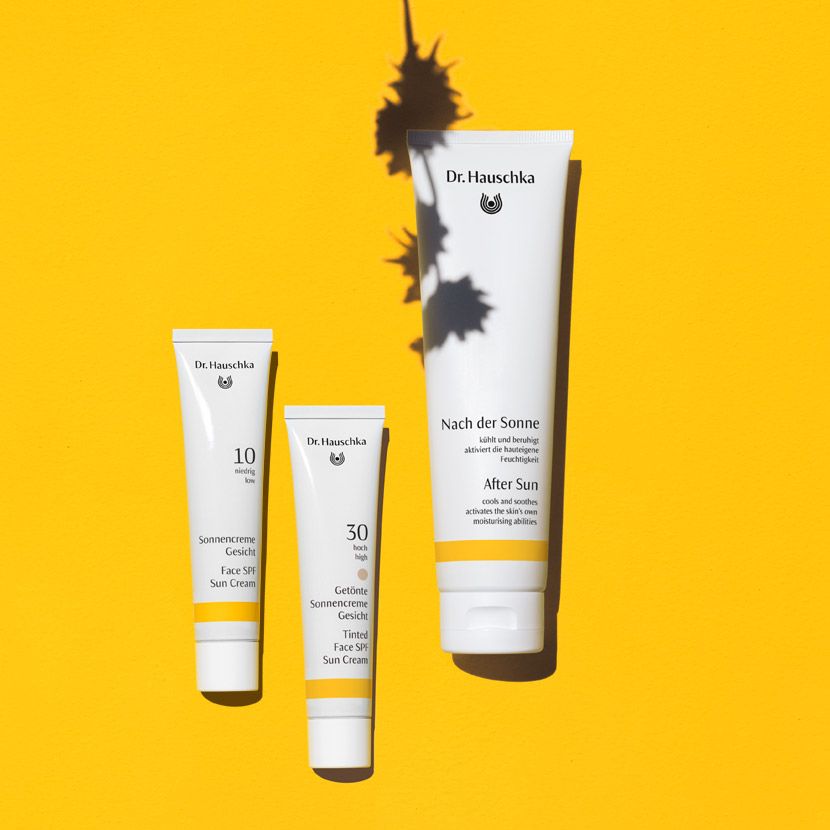
How to work out your sun protection time
Here's an easy formula to figure out how long you can stay in the sun: self-protection time x sun protection factor. If you have a self-protection time of around 20 minutes and you’re wearing SPF 10, you can sunbathe for 3 hours. With a self-protection time of 20 minutes and SPF 30, you’ll get 10 hours max. But: where there’s light, luckily there’s shade. Find a nice shady spot, especially around midday when the sun is at its strongest, and give your skin time to get used to the sun slowly, particularly in spring.
Our tip: higher SPF in spring, lower SPF in autumn
In spring, your skin hasn't got used to the sun yet and needs higher protection than at the end of summer when it’s already tanned. It’s natural to wonder which sun protection factor you should wear and when. To cover all bases, it’s best to have both a sun cream with SPF 30 and a sun cream with SPF 10.
Can sun cream be completely natural too?
Don't want to burden your skin or the environment with synthetic ingredients? Then choose sun care that works with natural UV filters—like Dr. Hauschka Sun Care. For your face, you can choose between a Face Sun Cream with SPF 10 or a Tinted Face Sun Cream with SPF 30. Both creams protect your skin with mineral UV filters and a medicinal plant complex that provides effective fivefold care. Dr. Hauschka Sun Creams and After Sun products are free from mineral oils, silicones and microplastics and are allowed to carry the NATRUE label for certified natural cosmetics.
So, do you feel like you know enough about SPF now? Great! Then go and make the most of the sun!


